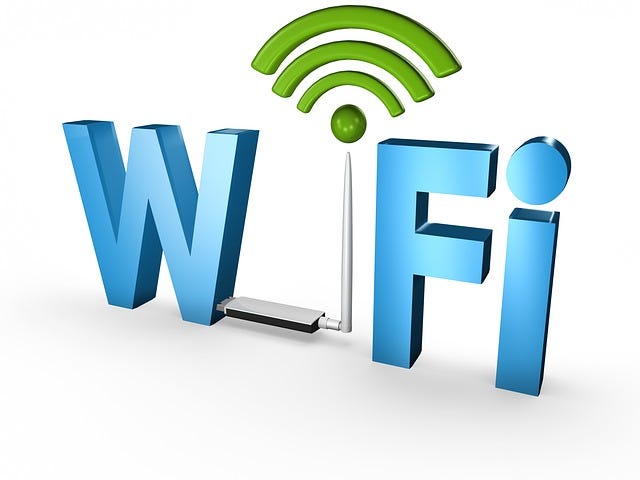5 Stadium WiFi Best Practices For The Big Game5 Stadium WiFi Best Practices For The Big Game
Here's how NRG Stadium in Houston can avoid Bill Belichick tablet woes.
January 27, 2017

News reports tell us those preparing for the big game in Houston include everyone from teams, fans and coaches to the local hospitality industry and Lady Gaga. There’s one critical element to this preparation that most people don’t think about, however, and that’s the stadium’s WiFi network.
Remember earlier this season when Patriots’ head coach Bill Belichick said he was done using his NFL-provided Surface tablet after smashing one to bits on the sidelines? Many fans who’ve used a mobile device in a stadium can probably relate to his frustration. It’s not unusual to have phone conversations cut off, emails or texts interrupted or internet access denied.
Belichick, like many end users, assumed that his device was the problem, saying the tablet was undependable. There’s a good chance, however, that Belichick’s device was operating just fine while the stadium’s WiFi network was the culprit. The biggest game of the year will introduce even more challenges with more devices all in close proximity, putting even more stress on the stadium’s technology infrastructure.
Constructing a robust, reliable WiFi network in a high-density environment is not the easiest thing to accomplish, and it’s especially challenging when preparing for an event the scale of the big game. As Houston prepares, the stadium’s technology teams must have a full understanding of environmental factors that can affect WiFi in NRG Stadium.
Here are the top five ways Houston -- and any stadium -- can avoid a Belichick-like episode and keep digitally active fans happy:
1. Eliminate competing access points
Competing access points and antennas are common in large stadiums. Since stadiums are very open, energy must be directed to specific locations and seating sections. Channel contention and co-channel interference can be minimized through design, such as using different antennae array with a narrow beam width. If they haven't already, NRG Stadium officials should consider doing a remediation project for minimizing interference to see where the signal is propagating and how to constrict it to focused areas.
2. Improve location of access points
Whether antennas are in front of, or behind stadium attendees affects speed and connectivity for users. Stadium officials should consider placing access points in unorthodox locations, like under stadium seats, or from catwalks above. They should focus antenna arrays and determine alternative ways to shower signals in upper and lower bowls so that they can direct signals where they want.

WiFi-pixabay.jpg
3. Enhance signal quality
Just because a stadium has a strong signal doesn’t make it a quality signal. For example, many stadium fans may find that it’s hard for them to update their social media statuses during the game. This can be due to channels stepping on each other. Changing the antennae array to minimize co-channel interference can improve signal quality.
4. Design for capacity
The average number of client devices per audience member has only increased over the years, and the need for larger capacity to accommodate the influx of devices is the No. 1 issue for stadiums. Stadium officials must estimate how many total devices fans will be using concurrently, keeping in mind that usage will surge during halftime, and try to accommodate accordingly.
5. Offer additional signal types
Wireless network throughput is greatly affected by slower legacy client devices. Disabling low data rates, especially in the 2.4 GHz band will improve the overall performance. NRG Stadium will want to steer users to the 5GHz band as often as possible, as it’s less susceptible to interference and can move data faster. With additional channels in the 5GHz frequency, minimizing co-channel interference and channel contention is more easily attained.
Presuming NRG Stadium has addressed each of these factors, coaches, players and fans should all enjoy their digital experiences. And after all this, if they are still having trouble, then it may be time to consider getting a new device.
Marc Murders is a Solutions Director with Infrastructure Services in the Solutions Division of Randstad Technologies. He is responsible for scoping and developing wireless technology deployments to the client base. Prior to this position, he was an RF engineer designing, trouble shooting and implementing wireless strategies for customers over the past 14 years.
About the Author
You May Also Like




